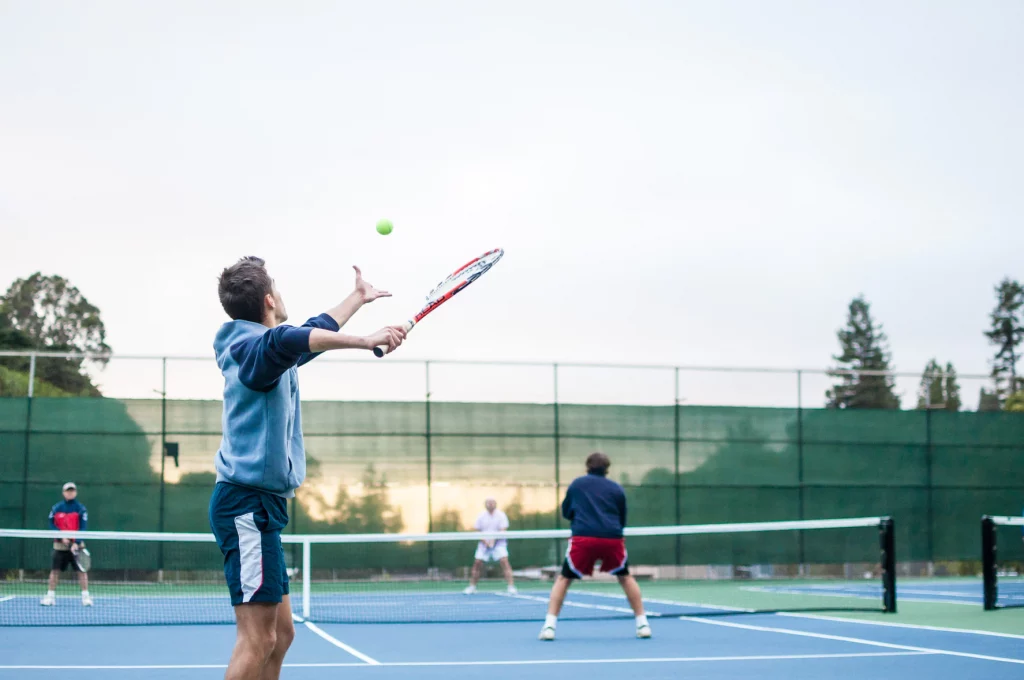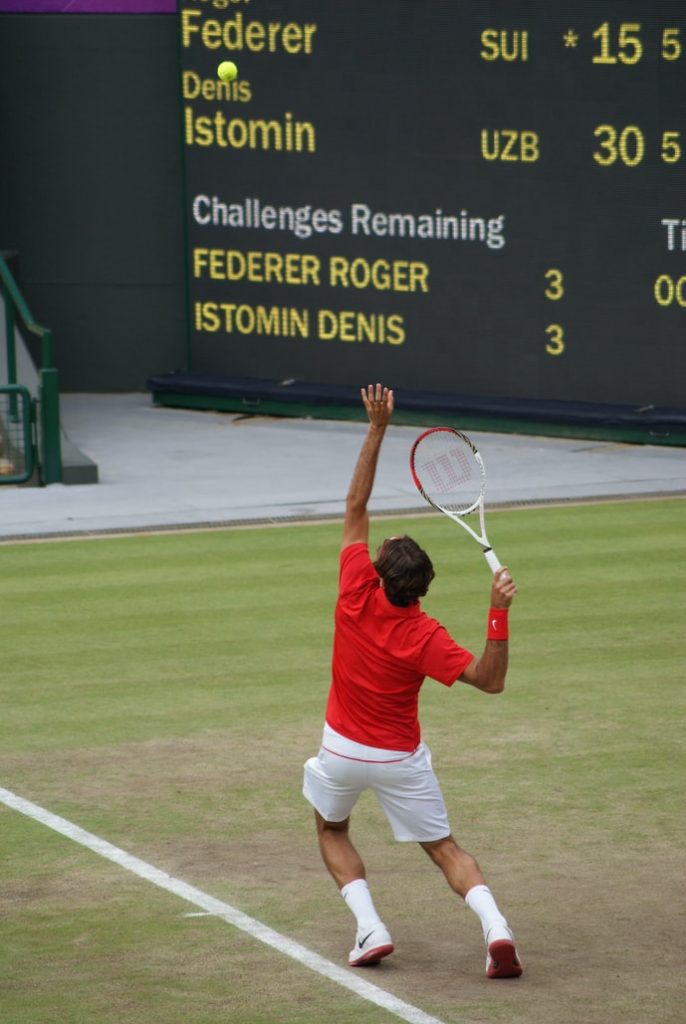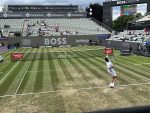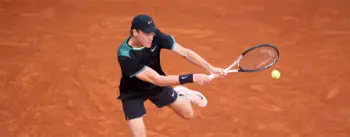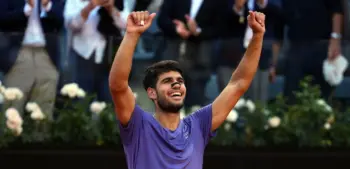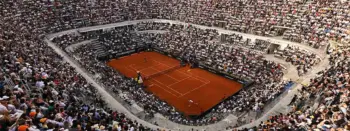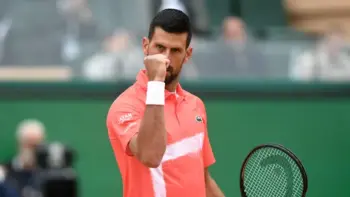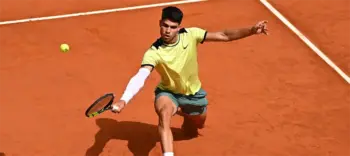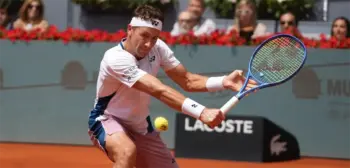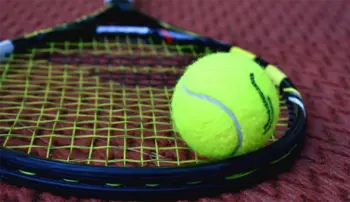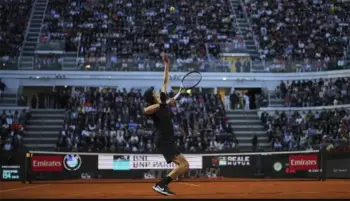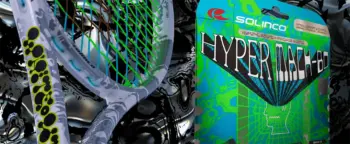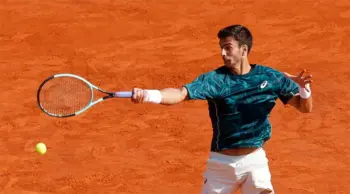Playing tennis for a living is a dream job for many sports fans. With millions on offer for the most successful players of the game, it’s an incredibly lucrative profession as well as a fulfilling one. What many tennis enthusiasts aren’t aware of is the blood, sweat and tears that goes into developing oneself into a tennis professional.
Although some tennis analysts and pundits believe certain players were “born superstars”, the reality is that their talents and hidden attributes had to be harnessed from a young age. Below, we look at the key attributes a budding tennis player needs to make it big on the ATP or WTA circuits.
Endurance
The best tennis players in the modern-day era have supreme aerobic and anaerobic fitness. Tennis stars in the 21st century need to be athletes, as well as skilled technicians with a tennis racquet. Their bodies need a powerful aerobic system, which can fuel their muscles and ligaments for endurance i.e. movements and activities that last for more than a few minutes. Even recreational or club-level tennis players are said to run between three and five miles per match. Similarly, they also need to hone their anaerobic systems too. Tennis points can often be short, sharp moments, requiring high-octane, high-intensity bursts of energy to reach a ball or demonstrate crisp reflexes when volleying at the net. Anaerobic systems can help the best players to win those crunch points, while their aerobic systems can help them recover quicker for the next crunch point.
Agility and fleet-of-foot
To prevail in those crunch points, where the ball is moving at break-neck speeds in multiple directions, the top tennis professionals require supreme agility. They need to be adept at changing direction quickly, regardless of the surface they play on. Fleet-footed tennis players can reach the ball, play their shot and recover to get into position to receive their opponent’s return. It’s true that the speed of an individual is somewhat determined by genetics, however all players are capable of improving their agility by immersing themselves in training drills and exercises that enhance reaction and response times.
Supreme concentration
Tennis is one of the most mentally challenging sports on the planet, particularly if you want to be a singles player. The pressure is all on your shoulders. You must be note-perfect with every point you play. With some tournaments – like the four Grand Slams – there are best-of-five-set matches, some of which can last up to four or five hours. Studies have shown that exercise does improve concentration and our cognitive functions. Poker professionals try to integrate at least one period of exercise into their daily routine as this boosts their dopamine and serotonin levels, helping to regulate their focus and attention to play cash games or tournaments that can also last for hours on end. Although tennis players get plenty of exercise during their matches, well-scheduled heavy and light training sessions are equally as important to optimise performance.
Flair and technique
It’s all well and good having a body that can withstand the rigours of a four or five-hour tennis match, but if you don’t have the technique to pair with it, you’ll be soundly beaten. When we’re talking flair and technique, we’re talking about your shot selection and the range of shots within your repertoire. Roger Federer was described by Toni Nadal as having the best technique in the sport back in 2018. Mastering drop shots to keep your players moving into the net, but that approach isn’t half as effective if you haven’t perfected your lob towards the back of the court. Technically gifted tennis stars are rock-solid on both forehand and backhand strokes too, with very few flaws for opponents to exploit.
Problem-solving
Some people liken a tennis match to a game of chess. It’s a battle of the brain as well as brawn. The best tennis players can uncover and exploit the weaknesses of their opponents over the course of a match. It may take them several games to learn their strengths and weaknesses, but they can move in and strike when the time is right. The best tennis stars have a Plan B, C and D for when they encounter players with differing skill sets. Whether it’s big-serving players, hard-hitting baseliners with highly powerful racquets or serve and volley players, the most successful professionals can solve each puzzle during the course of a match.
If, after all the above, you feel that you’ve got these attributes in abundance, the chances are you’ll be on the right path to moving into the Futures and Challenger circuits before making the move into the elite ATP and WTA scene.
